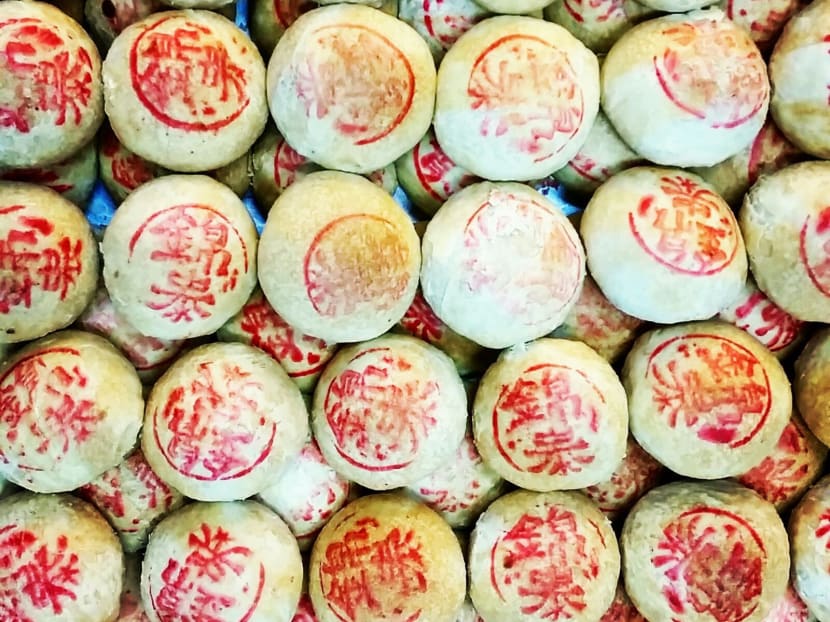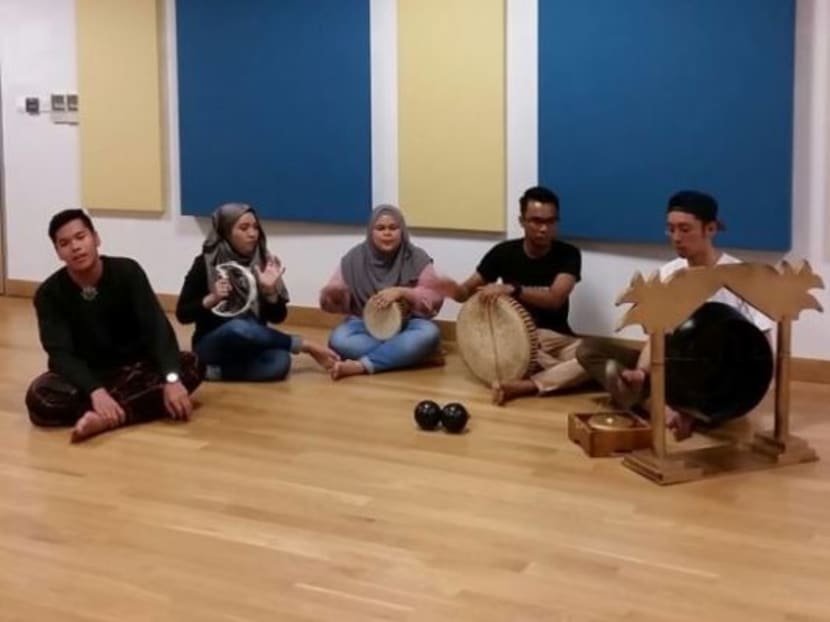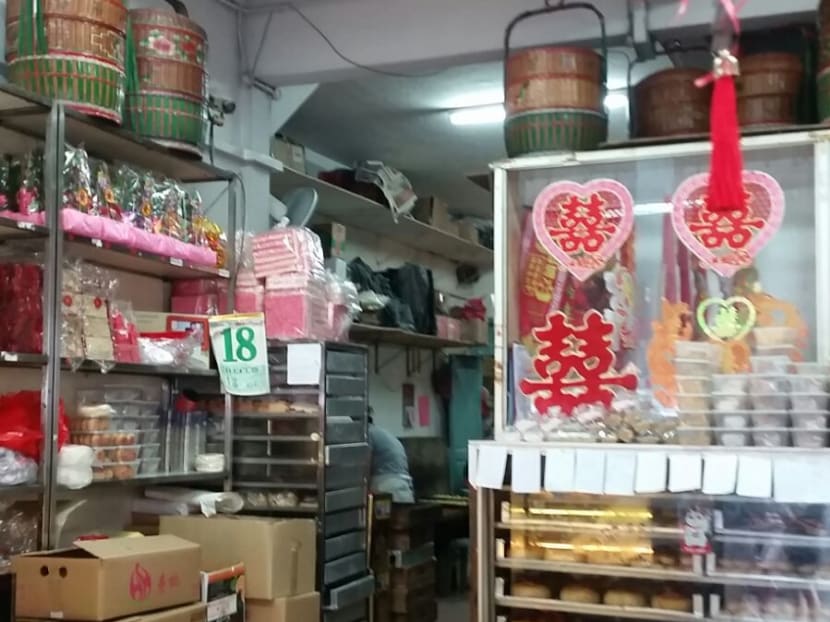National Heritage Board survey to delve into Singapore's intangible history
Singapore — What do the legend of The Swordfish Attack, Lou Hei (Chinese prosperity salad), Ayurveda (traditional Indian medicine) and Dikir Barat (traditional Malay choral singing) have in common? They are aspects of Singapore’s intangible heritage, as important to Singapore as our preserved heritage buildings and sites.



Singapore — What do the legend of The Swordfish Attack, Lou Hei (Chinese prosperity salad), Ayurveda (traditional Indian medicine) and Dikir Barat (traditional Malay choral singing) have in common? They are aspects of Singapore’s intangible heritage, as important to Singapore as our preserved heritage buildings and sites.
Moreover, they are just as susceptible to change and loss over time, which is why the National Heritage Board (NHB) has decided to launch a heritage survey on intangible cultural heritage (ICH) today. The aim? To identify, document and share information about these cultural intangibles from Singapore’s multicultural communities.
In coming up with the purpose of the survey, NHB drew reference from the 2003 Unesco Convention for the Safeguarding of the Intangible Cultural Heritage and identified five categories to classify the various intangible heritage practices and representations in Singapore.
The categories are: Oral traditions and expressions such as legends and folktales; performing arts such as traditional Chinese puppetry; social practices, rituals and festive events such as Thimithi (Hindu firewalking ceremony) and Qing Ming festival; knowledge and practices concerning the universe such as Fengshui; and traditional craftsmanship including food heritage such as chilli crab and traditional Teochew pastries as well as traditional industries such as the Indian goldsmith.
The ICH survey will be conducted through primary research, in the form of field surveys and interviews of cultural heritage practitioners, and secondary research using archival sources. Interviewees for the primary research will be able to share information on the historical and socio-cultural aspects of the intangible cultural heritage element in question.
A tender will be called, and the process of the survey is expected to take 16 months. The projected date of completion for this survey is around early 2018.
NHB’s assistant chief executive officer Alvin Tan said the findings will be shared on its heritage portal roots.sg, as well as social media platforms such as its YouTube channel Heritage TV, where archival footage from Thaipusam in the 60s and clips of contemporary life in Pulau Ubin already garner a strong response of up to 5,000 views and more.
Meanwhile, findings from NHB’s tangible heritage survey, which was launched in September last year to research and document buildings and sites in Singapore of historical and cultural significance, will be released progressively on roots.sg for the public to contribute their stories, memories and photographs.
Information on the first batch of 20 buildings and sites ranging from places of worship such as Sri Senpaga Vinayagar Temple to cultural icons such as The Substation, will be available on roots.sg from today onwards.
NHB hopes that the ICH survey, along with the tangible heritage survey, can add onto the existing research that undergirds the organisation’s work over the past 40 years, as well as raise awareness and appreciation of Singapore’s intangible cultural heritage and further cross-cultural understanding.
“Researching Singapore’s heritage is not just about studying the past; it helps shape our aspirations and future, and our understanding of it. It is thus vital that we continually enhance, and add to, our knowledge bank of Singapore’s history. Findings from the ICH heritage survey will complement research done by NHB over the years, and help plug the gaps in our heritage repository. This provides us with a more complete understanding of Singapore’s heritage landscape,” said Rosa Daniel, NHB’s chief executive officer.
“It is timely to capture information that does not just reside within NHB, but with members of the public as well,” she added.
“Heritage research is based on empowerment of ourselves both as individuals and collectives,” said Professor Brenda Yeoh, Dean of National University of Singapore’s (NUS) Faculty of Arts and Social Sciences and chairperson of the Heritage Advisory Panel guiding NHB on the heritage surveys. “We have reached a juncture where there are tremendous changes in the world and there is a real need at this time to take stock and understand both the glitzy and grim realities of our past. This knowledge will allow us to face our troubled future with some level of confidence.”
Another expert on the panel, Dr Goh Beng Lan, associate professor at NUS’ Department of Southeast Asian Studies, elaborated: “Currently, we seem to be looking within ourselves for answers and that can sometimes lead to a certain level of myopia, so it is good to look outside ourselves (and) into the past of our diverse communities and their distinctive cultural heritage.”





